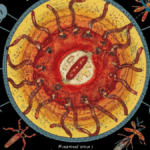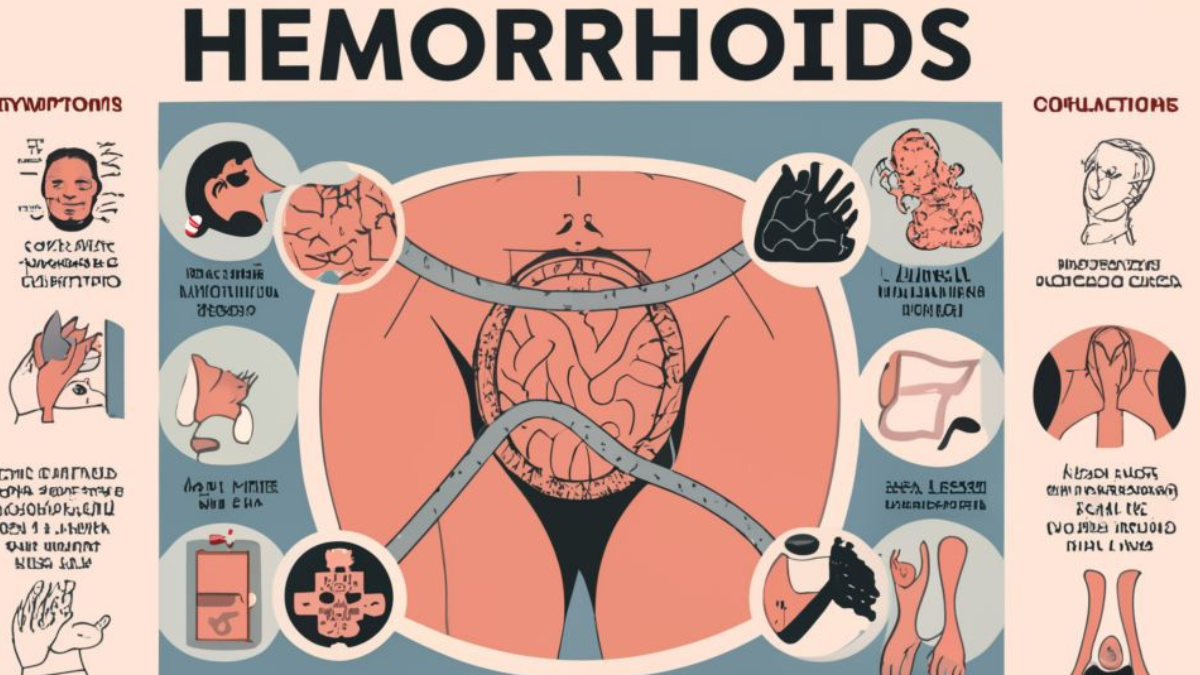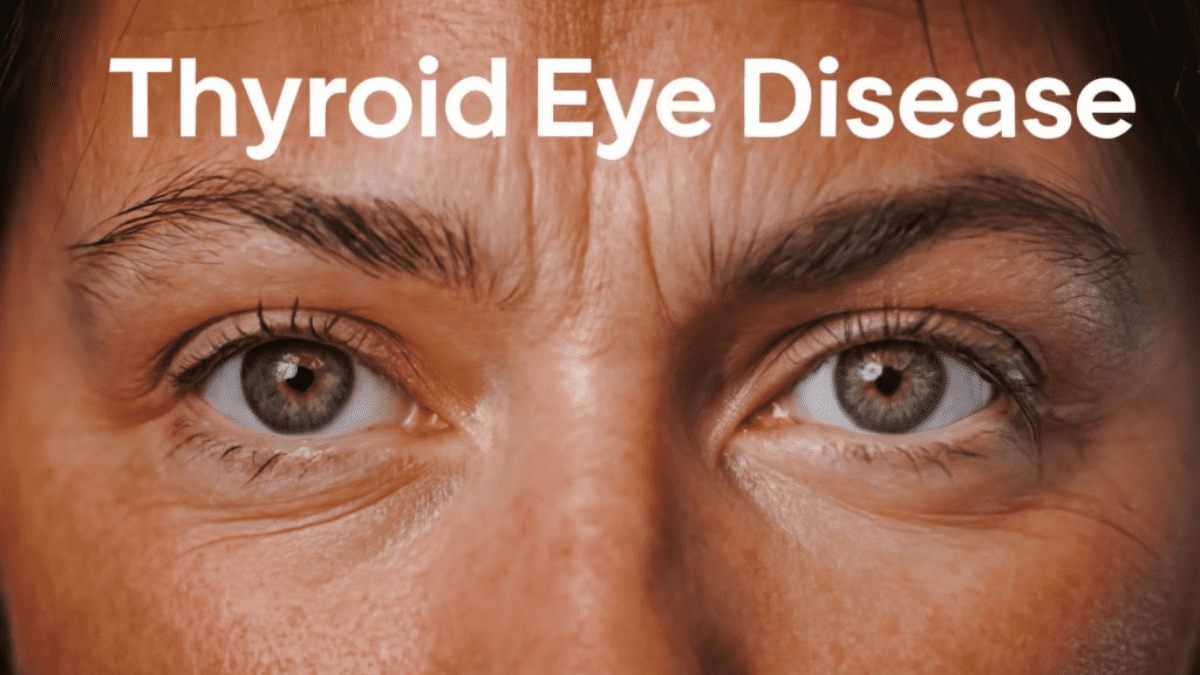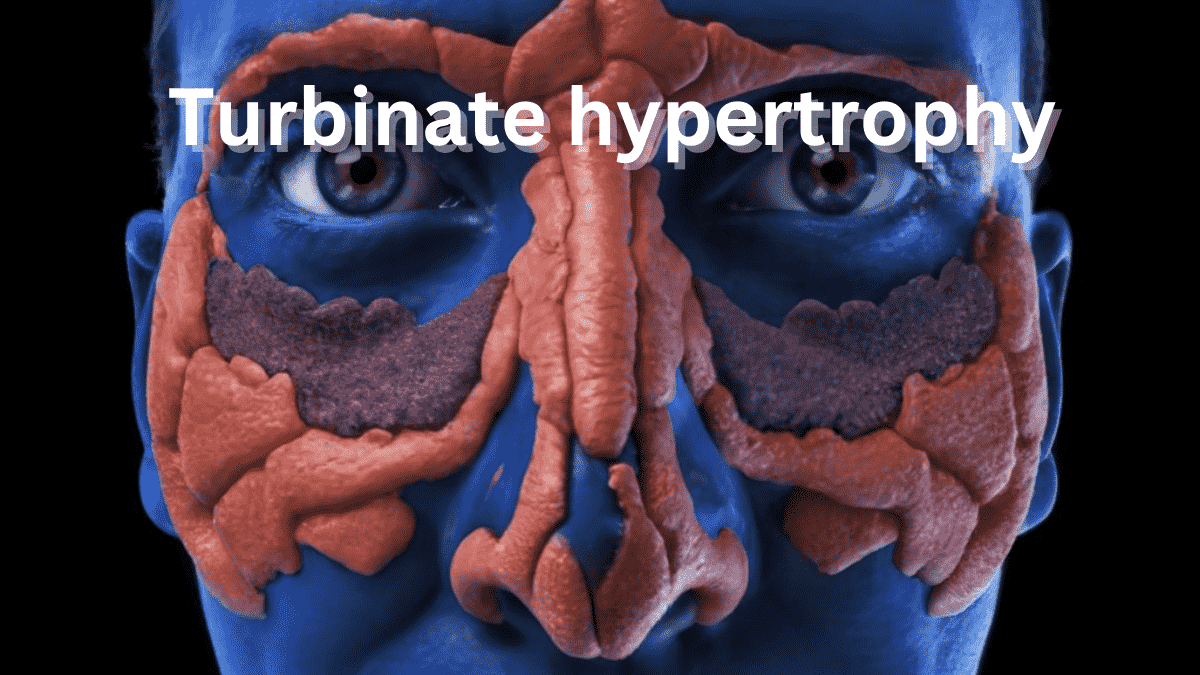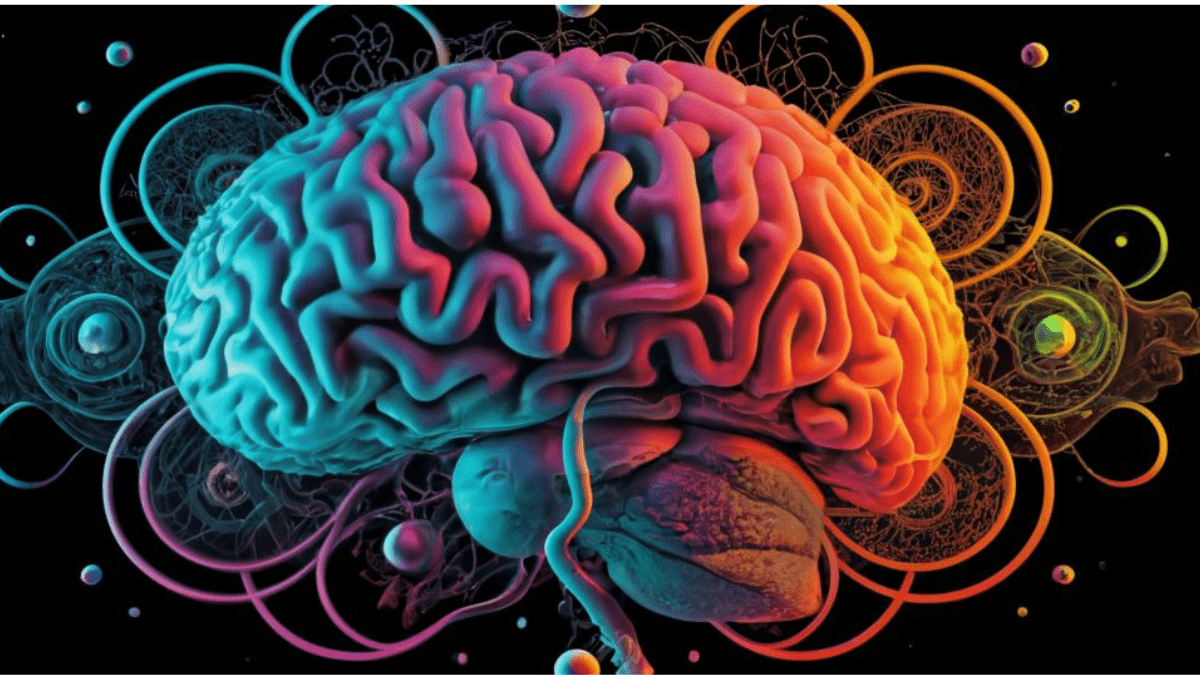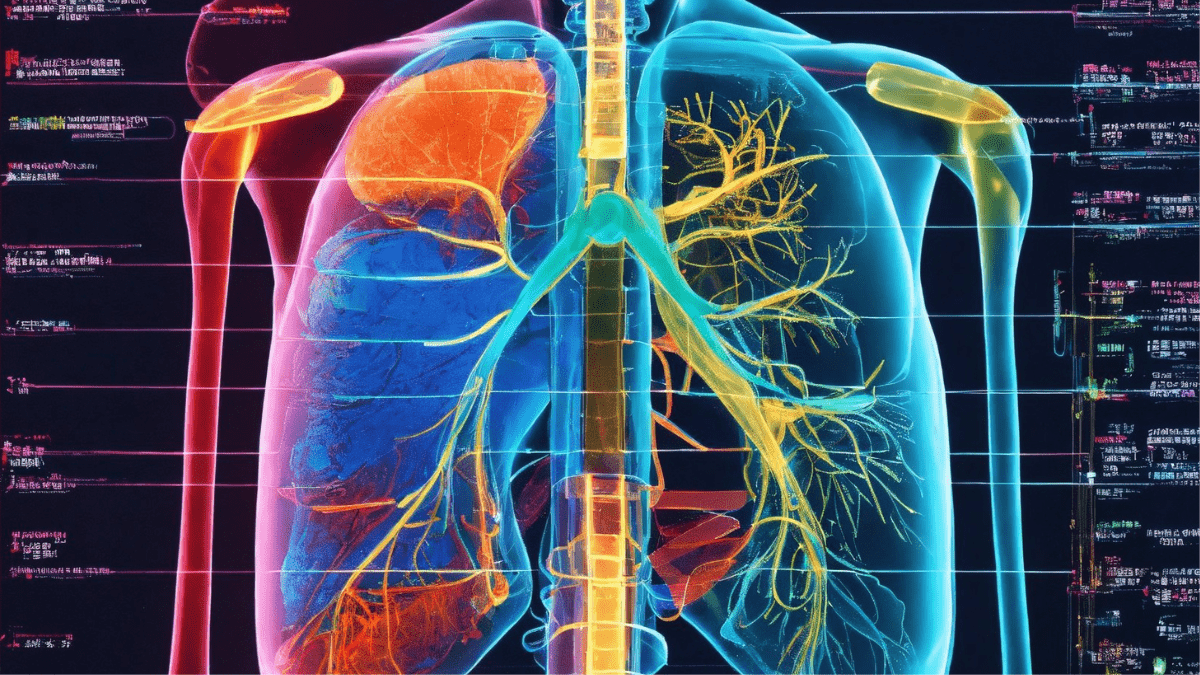Hemorrhoids, though not often discussed openly, affect a significant portion of the population at some point in their lives. Despite the discomfort and inconvenience they may cause, understanding hemorrhoids is crucial for proper management and treatment. In this comprehensive guide, we’ll delve into the causes, symptoms, and treatment options available for hemorrhoids (piles), aiming to shed light on this common yet often misunderstood condition.
What are piles ?
Hemorrhoids, also known as piles, are swollen veins in the lower rectum and anus. These veins can become inflamed and cause discomfort, bleeding, and itching. Hemorrhoids can be internal, developing inside the rectum, or external, forming under the skin around the anus. While they can occur at any age, they are most common in adults between the ages of 45 and 65.
Causes :
Several factors can contribute to the development of piles, including:
- Straining during bowel movements: Excessive straining or pushing during bowel movements can increase pressure on the veins in the rectum and anus, leading to hemorrhoids.
- Chronic constipation or diarrhea: Conditions that cause frequent constipation or diarrhea can put strain on the rectal veins, increasing the risk of hemorrhoids.
- Pregnancy: The increased pressure on the pelvic veins during pregnancy, combined with hormonal changes, can lead to the development of hemorrhoids in pregnant women.
- Obesity: Being overweight or obese can increase the pressure on the veins in the rectum and anus, making hemorrhoids more likely to develop.
- Sedentary lifestyle: Lack of physical activity can lead to poor circulation and increased pressure on the veins in the lower rectum and anus, contributing to the development of hemorrhoids.
Symptoms :
The symptoms of hemorrhoids can vary depending on the type and severity of the condition. Common symptoms include:
- Rectal bleeding: Bright red blood in the stool or on toilet paper after wiping is a common sign of hemorrhoids. While hemorrhoids can cause bleeding, it’s essential to rule out other potential causes, such as colorectal cancer.
- Itching and irritation: Hemorrhoids can cause itching and irritation in the anal area, leading to discomfort and a persistent urge to scratch.
- Pain or discomfort: External hemorrhoids can cause pain or discomfort, especially during bowel movements or when sitting for extended periods.
- Swelling and inflammation: Hemorrhoids may cause swelling and inflammation around the anus, leading to a feeling of fullness or discomfort.
- Prolapse: In severe cases, internal hemorrhoids may protrude outside the anus, leading to a condition known as prolapsed hemorrhoids.
Treatment Options :
Fortunately, several treatment options are available for managing hemorrhoids, ranging from lifestyle changes to medical interventions. Here are some common treatment options:
- Dietary modifications: Eating a high-fiber diet and drinking plenty of water can help soften the stool and make it easier to pass, reducing the risk of constipation and straining.
- Topical treatments: Over-the-counter creams, ointments, and suppositories containing hydrocortisone or witch hazel can help relieve itching, inflammation, and discomfort associated with hemorrhoids.
- Sitz baths: Soaking the anal area in warm water for 10 to 15 minutes several times a day can help soothe pain and discomfort caused by hemorrhoids.
- Increased physical activity: Regular exercise can improve circulation and help prevent constipation, reducing the risk of hemorrhoids.
- Rubber band ligation: In this procedure, a small rubber band is placed around the base of the hemorrhoid, cutting off its blood supply and causing it to shrink and fall off within a few days.
- Hemorrhoidectomy: In severe cases or when other treatments have failed, surgical removal of the hemorrhoids may be necessary to provide relief.
Hemorrhoids are a common yet often overlooked condition that can cause significant discomfort and inconvenience. By understanding the causes, symptoms, and treatment options available for hemorrhoids, individuals can take proactive steps to manage their condition effectively. Whether through dietary modifications, lifestyle changes, or medical interventions, there are numerous ways to alleviate the symptoms of hemorrhoids and improve quality of life. If you’re experiencing symptoms of hemorrhoids, don’t hesitate to consult a healthcare professional for proper diagnosis and treatment guidance. With the right approach, hemorrhoids can be effectively managed, allowing individuals to live comfortably and confidently.


